Cricket Scandals: Was Steve Bucknor the 12th Man for Australia?
Umpiring in cricket has evolved significantly in recent years, as players now have the opportunity to challenge the decisions made by the on-field umpires. But this opportunity was not available in the previous generation, which led to players going back to the pavilion even when they were not out.
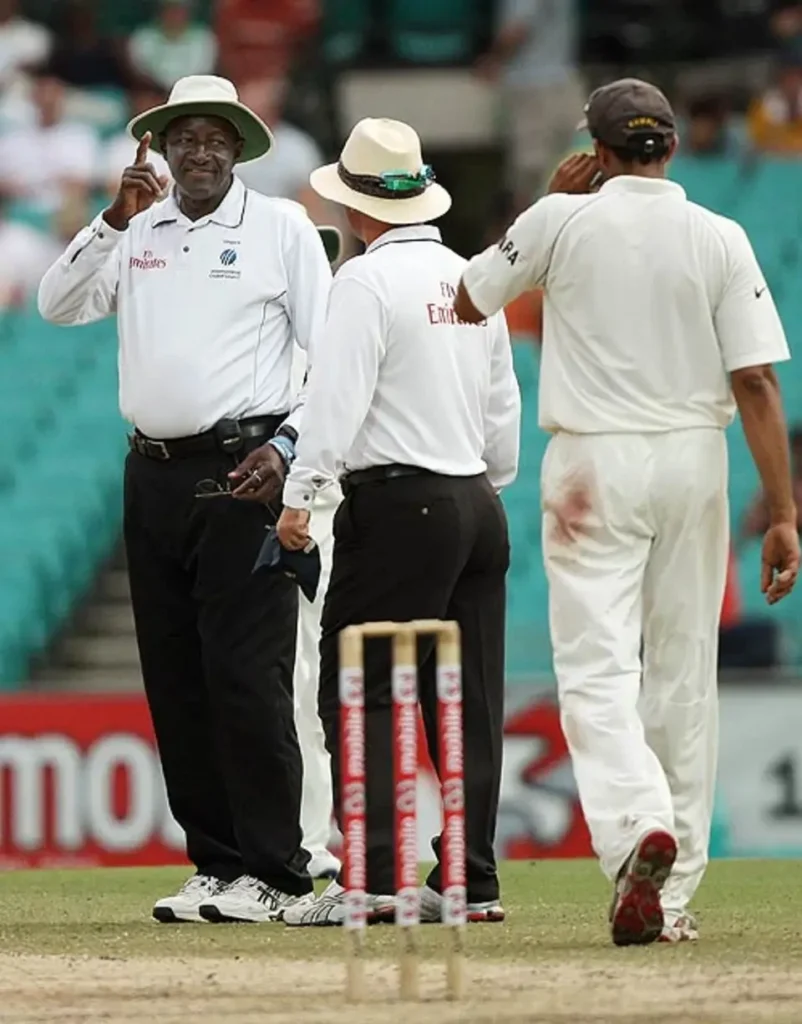
In such cases, the umpires also took an unfair advantage, despite being under the ICC. Steve Bucknor, who could have been the greatest umpire of all time, went through various controversial decisions against the Indian team, which made the fans know him as the 12th Man for Australia. Let’s take a look at what happened in the Sydney match, which made Steve Bucknor the most controversial umpire of all time.
Background of the Match
The Border-Gavaskar Trophy has always been heated, due to which it is known as a battle for ages. But it is not just the players who are enough to make the series heated. Sometimes it is also the umpiring. During the 2007-08 Border-Gavaskar Trophy, Australia started strong with an impressive win in the first match by a margin of 337 runs. Now the stakes were high for the second match, which was set to be played in Sydney.
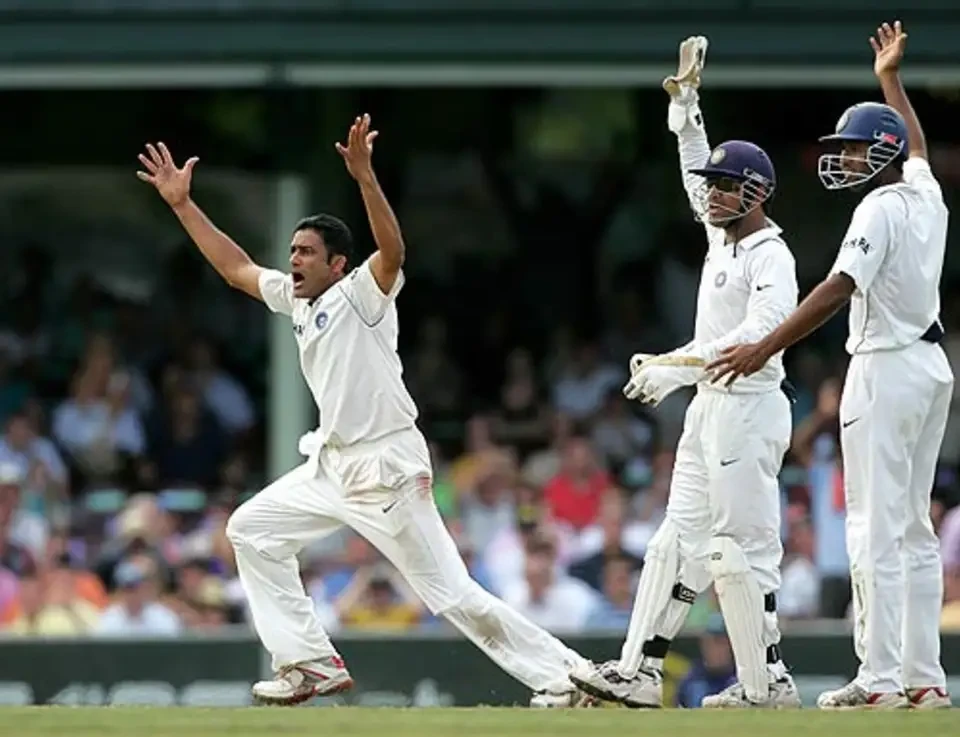
The second match started with the Indian bowling line-up rattling over the Aussies’ batting line-up. Both openers, Phil Jaques (0 off 9 balls) and Matthew Hayden (13 off 26 balls), were dismissed cheaply. Ricky Ponting and Michael Hussey tried their best to score well, but the consecutive wickets put the team in a challenging position of 134 runs for the loss of 6 wickets.
The Umpiring Controversies
After Australia’s batting line-up stood at a challenging phase, it seemed that the match turned in their favour. Andrew Symonds was the lone warrior for the Australian batting line-up, as he ended up scoring 162 runs, which helped their team to reach a good total. But his innings was filled with controversial decisions by the umpire, Steve Bucknor.
On Day 1, when Symonds was batting at the score of 30, he edged a delivery against Ishant Sharma. The Indian team looked confident, as the edge was heard by all the players, even Symonds himself. But, Steve Bucknor gave him not out, which gave a lifeline to the only set batter for the Australian line-up at that time.
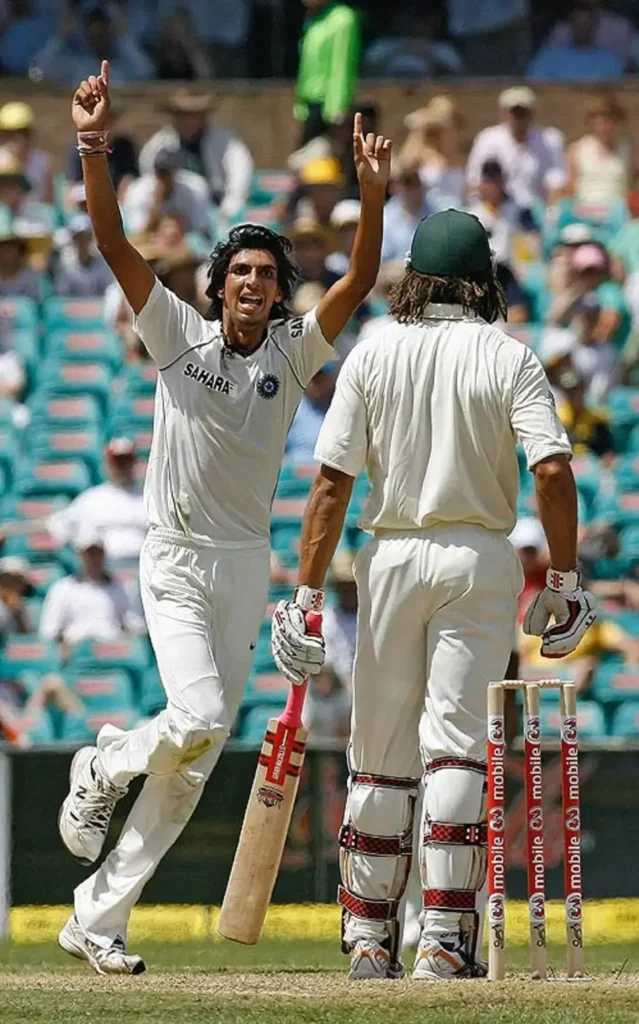
Later, when Andrew Symonds was batting at the score of 148, the Indian team struck his wicket once again, but this time it was in the form of a stumping. He was beaten off a delivery against Harbhajan Singh, and Dhoni wasted almost no time to take his wicket. It was a great appeal by the Indian team, but Steve Bucknor did not go to the third umpire and gave it a not-out signal.
When the replays were shown, it was clear that Andrew Symonds did not make it back to the crease and was out. This was yet another umpiring mistake, or some fans call it a support to the Australian team, by the on-field umpire, Steve Bucknor. Symonds went on to score 162 runs and remained not out, as Australia scored 463 runs in the first innings.
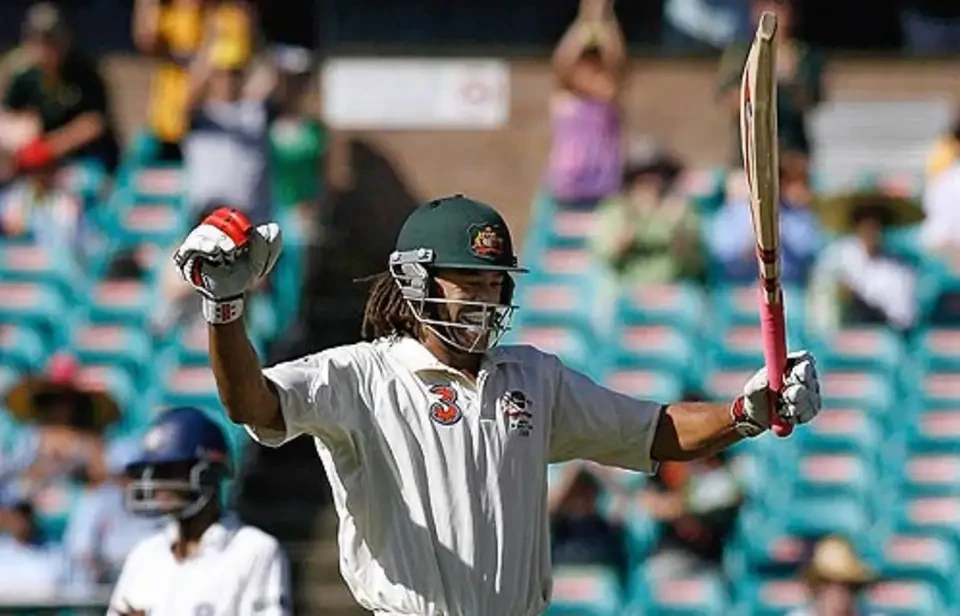
However, India responded by scoring 532 runs, which gave them a lead by the first innings. Now, Australia had to set a target, as they went on to score 401 runs for the loss of 7 wickets, before they had declared their innings. With two innings going peacefully without any umpiring errors against India by Steve Bucknor, he returned to his form in the final innings.
India had to chase down a target of 333 runs, following Australia’s declaration. Rahul Dravid, who is known as the Wall, came as one of the biggest obstacles for the Australian bowlers in the matches against each other. It didn’t matter at what pace the delivery was bowled; he defended them all with ease. But who knew his wicket would come in the form of an umpiring error?
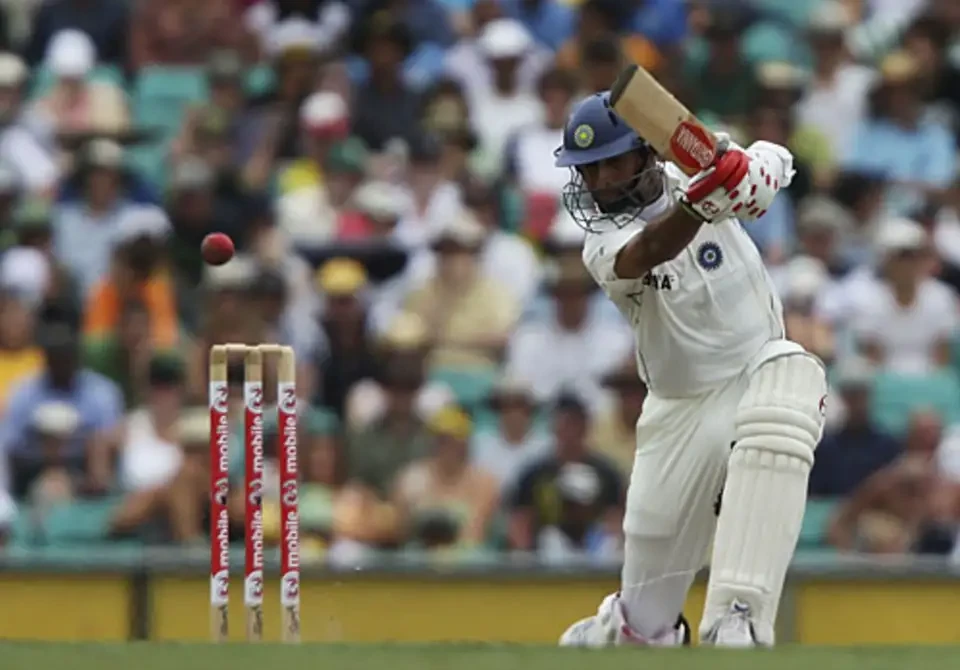
When Rahul Dravid was batting at the score of 38, he had already played more than 100 deliveries. But on a delivery against Andrew Symonds, he attempted to hit the ball and missed it, as it went directly to the wicket-keeper Adam Gilchrist, who appealed for an out. The on-field umpire, Steve Bucknor, once again gave the out signal to Dravid, which made him end up losing his wicket.
However, this decision was highly criticised by the commentators, as the ball had clipped Dravid’s pads when it was seen in the reviews. The match was won by Australia by 122 runs, as fans started calling Steve Bucknor their 12th man.
Reactions & Fallout
The phrase, one scandal leads to another was true in the match between India and Australia, as tensions between both teams rose after the game. Taking a look at the actions and decisions taken by Steve Bucknor, the ICC went on to remove him from umpiring in the third match. Although the ICC didn’t say his umpiring was biased, it said that making him the umpire would be “counter-productive”.
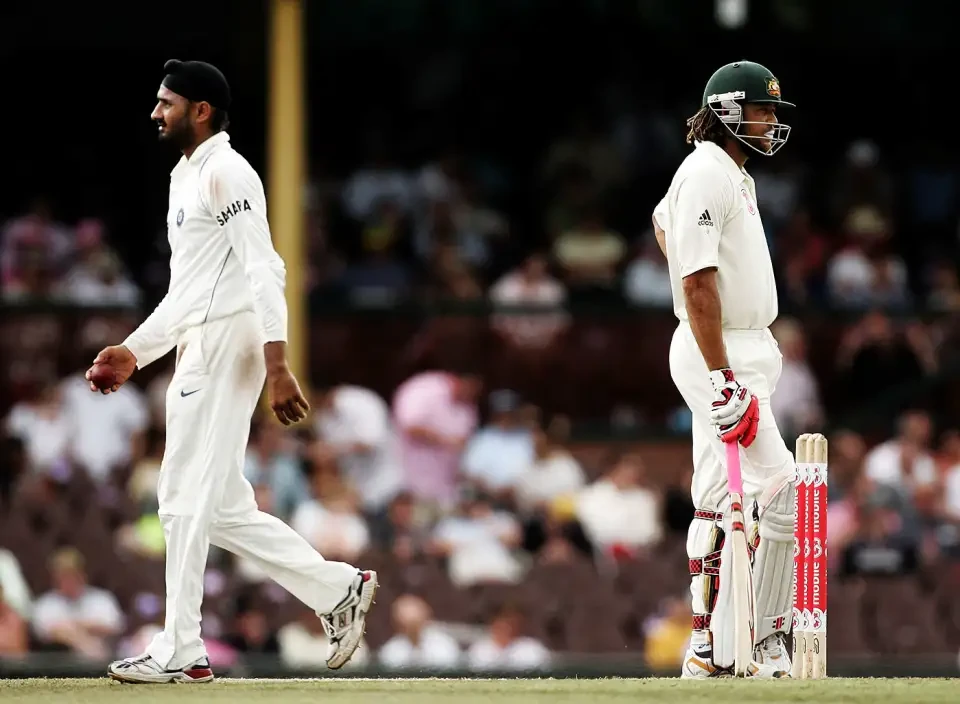
After the second match, Harbhajan Singh and Andrew Symonds got involved in the monkeygate scandal, as the Indian players were already frustrated with Symonds. For this reason, Harbhajan Singh was charged with racial abuse and also received a suspension from the ICC.
Years later, Steve Bucknor also talked about the incident and the decisions he made in this match. Bucknor said:
I made two mistakes in the Sydney Test in 2008. Mistake one, which happened when India were doing well, allowed an Australian batsman to get a hundred. Mistake two, on day five, might have cost India the game. But still, they are two mistakes over five days. Was I the first umpire to make two mistakes in a Test? Still, those two mistakes seem to have haunted me.
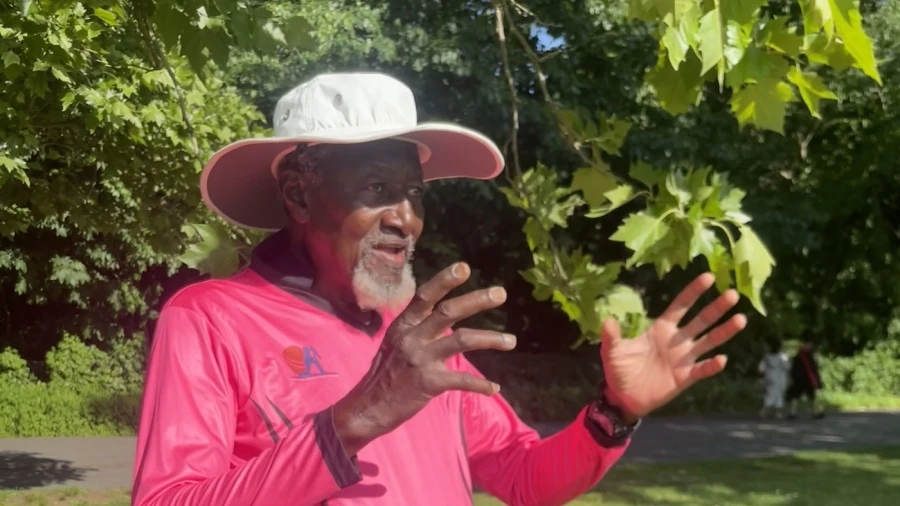
What made the series more controversial after Bucknor’s removal was India’s resurgence. The series ended up with the score of 2-1, as Australia were crowned as the winners of the Border-Gavaskar Trophy. Fans still wonder what could have happened if the decisions had been fairly taken by Steve Bucknor in that game.
What the Legends Said After Sydney 2008
Ricky Ponting, who was involved in the iconic match between India and Australia at Sydney in 2008, talked about the situation years later. He said that the decisions taken by Steve Bucknor were raw, and India suffered from the raw end of those decisions.
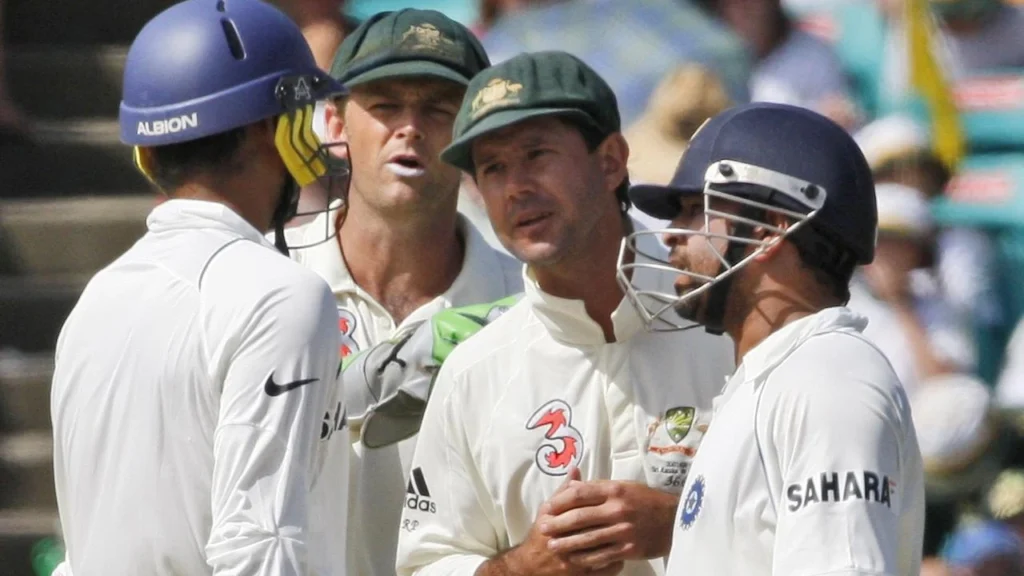
Irfan Pathan, the legendary Indian all-rounder, also said:
As a cricketer, we’re used to getting bad decisions, sometimes in our bowling, sometimes in our batting. And we get frustrated by that and then we forget about it. But this Sydney Test match, it was not just one mistake. There were about seven mistakes that cost us the game. There were mistakes where Andrew Symonds was playing, and he got out nearly, I remember, three times, and the umpire didn’t give him out.
Aftermath & Legacy
Following the incidents that took place in the Sydney Test, the use of DRS was accelerated, giving players an opportunity to challenge the decisions taken by the on-field umpire. There was a lot of criticism drawn towards the ICC for its umpiring standards, and this even led to Steve Bucknor’s retirement from umpiring in 2009.
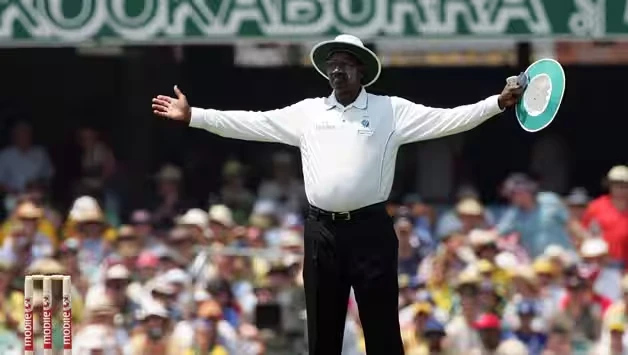
Along with that, it should be noted that Bucknor never umpired even a single Test against India after the Sydney Test. This Test match also created a stain on the spirit of the game, as it not just led to the umpiring errors, but also the monkeygate scandal, which was taken a bit more seriously by the players of both teams.
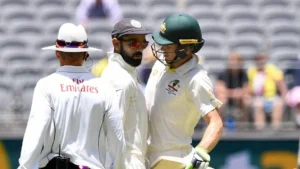
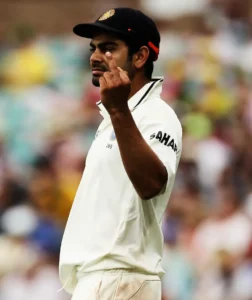


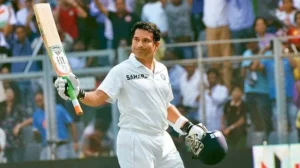

Comments